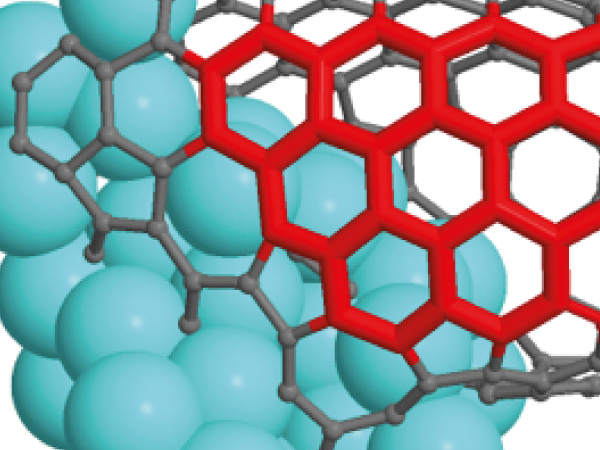This talk will reveal how Computational Chemistry methods could be efficiently used to assist with better application of the nanomaterials in the areas of global challenges. According to the novel European regulations named REACH System (Registration, Evaluation Authorization of Chemicals), every chemical substance introduced into the market at the total amount of more than 1 ton per year has to be registered in the European Chemical Agency (ECHA). If the yearly production (or import) of the substance exceeds 10 tons, a comprehensive Chemical Safety Report (CSR) is required for registration. The REACH strongly promotes application of computational methods to evaluate properties and biological activity of new species: “In particular for human toxicity, information shall be generated whenever possible by means other than vertebrate animal tests, through the use of alternative methods, for example qualitative or quantitative structure-activity relationship (QSAR/QSPR) models. A part of the lecture will cover development of novel computational approaches, appropriate for evaluation of properties and activities of nanostructures. Current status of Nano-QSAR models will be discussed. The obtained results could be used as a first step in developing mechanisms that explain complex interactions of nanomaterials with biomolecules.
Jerzy Leszczynski is Professor of Chemistry and a President’s Distinguished Fellow. Director of Interdisciplinary Nanotoxicity Center at Jackson State University, MS. Author and co-author of almost 700 peer-reviewed papers (H index 78) and 50 book chapter.

